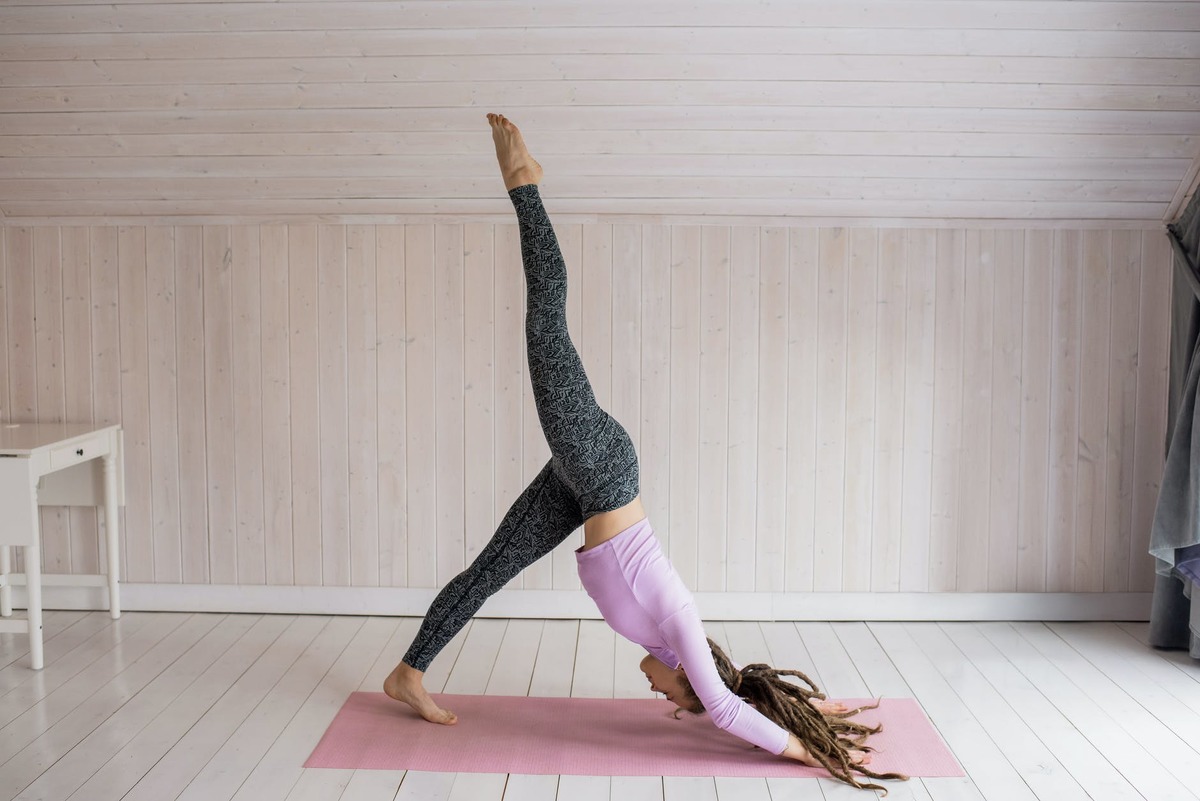
A Few Tips to Reduce the Risk of Daily Aches and Pains
Reduce the symptoms.
Life can be stressful and frustrating enough, what with work deadlines, personal dramas, chores, and everyday mishaps – like your washing machine suddenly breaking at the worst possible time.
The last thing you need is to also be dealing with daily aches and pains that make everything that bit more irritating and uncomfortable.
Although chronic joint and back pain are widespread, there are a bunch of things that you can do that might help to reduce the symptoms while also reducing your risk of experiencing them on a regular basis.
Here are a few tips to reduce the risk of daily aches and pains.
Exercise for balance, rather than just to accentuate certain parts of your physique

Exercise is a really healthy and positive thing – and it’s probably fair to say that just abut everyone is well aware of this fact.
All the same, just because we all know that exercise is good for us, doesn’t mean that we are all exercising in the healthiest ways, or for health-based reasons, for that matter.
Both men and women often workout to achieve certain physique goals. Of course, there’s nothing wrong with that. But when you are training specifically to accentuate certain parts of your physique, there’s a good chance that you will be creating an imbalanced physique where certain muscle groups are tight, other ones are too weak, and the end result is chronic aches and pains.
To counteract this, exercise for balance, rather than just to accentuate certain physical features of yours. Make sure to train opposing muscle groups, and to integrate regular full body stretching moves into your routine as well.
If you suspect significant imbalances, it might be worth your while getting down to a physiotherapy clinic to have them assess you and prescribe specific exercises for you to follow.
Alternate between sitting and standing throughout the day
Sitting down for long periods of the day can cause a bunch of different aches and pains, through a combination of bad posture, and the fact that certain muscles are simply not engaged much whatsoever when in a seated position.
While you should certainly work to optimise your posture while sitting, you should also alternate between sitting and standing throughout the day, and should look for opportunities to stroll around when you can, as well.
An alternating sitting-standing desk may be a good option here, but at the very least you should get up and pace around a bit as often as you can.
Strive to create the right balance between work and recovery

If you aren’t getting proper sleep, are overly stressed out, and are exhausting your body doing physical work in particular, it’s almost inevitable that you’re going to end up having various aches and pains to deal with.
Your body needs to maintain the right balance between work and recovery – and downtime, relaxation, sleep, and good nutrition, are all essential.
Do whatever you can to optimise balance and to ensure that you are resting and recovering enough, while also avoiding a sedentary life.
Seek expert advice
Mild aches and pains may be tolerable and there might be nothing to worry about if discomfort is short-lived, but if you’re prone to bouts of severe pain or your symptoms have got worse, seek expert advice. There are many therapies, treatments and lifestyle changes that can help to alleviate pain, but there are also underlying causes that may require more intensive treatment. See your doctor and talk openly and honestly about your symptoms. You may be advised to undergo tests and scans. In some cases, patients are referred to experts like Dr Richard Parkinson if treatment options such as surgery are recommended. Often, pain can be managed without intervention, but it’s always best to get checked out to reduce the risk of the situation getting worse.











